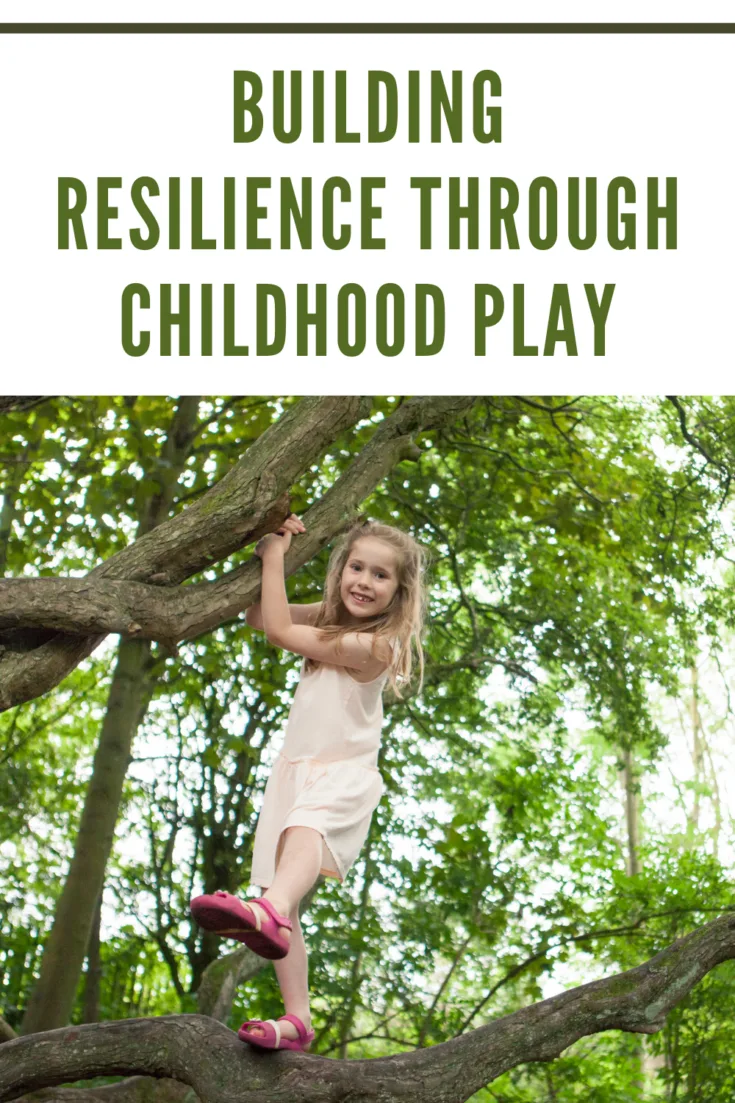Playing outdoors until the streetlights turn on is one of the most treasured memories of many people who grew up in the 80s and 90s. But nowadays, children are spending more time playing with their gadgets at home instead of playing tag or biking with their friends. According to research by the University of Adelaide, children in the US spend about seven and a half hours per day on their phone or tablet says ABC.net. Too much screen time can have a detrimental effect on a child’s physical and mental health, which is why parents are now being encouraged to let their kids engage in active childhood play, such as tree climbing. This type of play is not only lots of fun, but it also benefits a child’s wellbeing and positively shapes their character.
It builds their emotional resilience.
Active play such as tree climbing is a fun way to get your child to exercise, but did you know that it can also help build their emotional resilience? In one study, 40 percent of parents who let their children climb trees reported that their child had increased confidence whenever they climbed higher or successfully negotiated branches, and this newfound confidence boosts resiliency. Moreover, kids gain emotional resilience when engaging in risky play, preventing them from developing irrational fears.
To ease your mind and prevent slipping and falling from trees, it’s important to teach your child how to climb safely, explains Tree Triage. Ensure that the weather is appropriate for tree climbing, and let them wear flexible shoes or go barefoot if they’re going to climb. Choose a tree that’s about six inches in diameter to ensure that it’s going to hold your child’s weight, and never let them climb a dying or dead tree, as the branches could crack or come loose. You should also choose a tree with plenty of accessible branches so your child can easily make their way up.

It enhances problem-solving and decision-making skills.
Playing with puzzles can undoubtedly help your child improve their problem-solving skills, but so does tree climbing and other adventure play. As your child makes their way up the tree, they develop critical thinking skills while pondering about the best branches to hold on to or which knots and gnarls on the tree will make the best footholds. Learning how to deal with problems and make good decisions at an early age are lifelong skills that can benefit your child, so allow them to climb trees with their friends whenever possible. As a bonus, they’ll even develop their social skills while they climb together, which will result in a happier and healthier child.
Getting started
If your child doesn’t know how to climb trees, then it may be the perfect time to show them how it’s done. Both of you should wear comfortable clothing, leave the gadgets at home, and take some snacks and bottled water for your outdoor play date. For your child’s first climb, choose a low tree with lots of gnarls, bark holes, and branches so they can climb with ease. You can also encourage them to use the strength of their arms and legs to make their way up the trunk slowly. To go down, retrace your route, and remind your child to do the same.
Climbing trees not only benefits your child’s physical health but also helps them to be resilient and make good decisions. Teach your child to climb a tree safely, and let them experience what it’s like to play in an adventurous and thrilling way.
